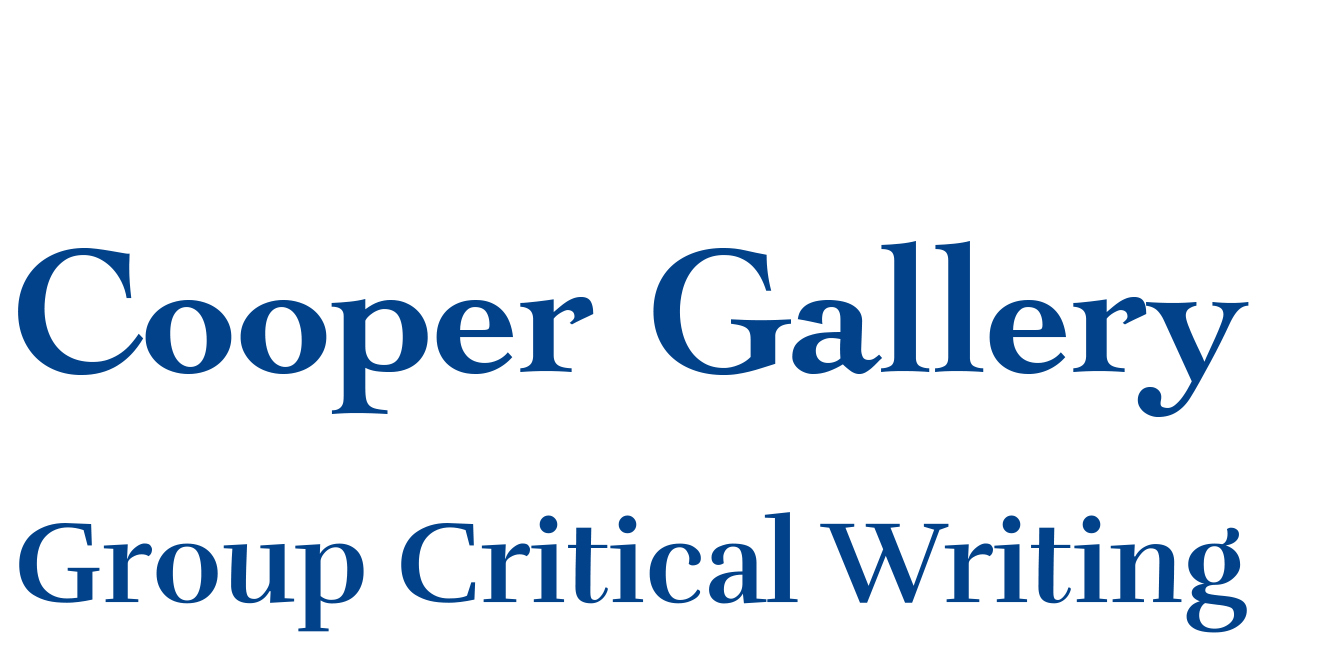Christopher Smith
♦ The Impediments of Individualism ♦
In an age of populism, the notion of the solitary genius seems more askew than ever; Dieter Henrich spoke wisely, saying, ‘a modernity that speaks with only one, or through one voice, is already moribund’—suggesting that we should assume a sufficient mode of behaviour that promotes an inclusive, discursive and intersubjective morality to assent to. Immanuel Kant reductively questions how much we would partake in the general act of thinking, and how correctly it would be done, as it were, in a community founded on communicating our thoughts to others, and others to us. The role of the individual in the present artistic climate is unclear. However, it is situated directly between the individual ideal of objectively surpassing your predecessors and the postmodern notion that the individual is by nature vulnerable to influence from external sources and fraught with fragility. An elision of these two theories provides sufficient motion towards a competent and sustainable artistic impetus. The author of a work of art, or what it means to be an artist today, requires as much being open to others as preserving unrefined subjectivity.
Anonymity encourages creativity. You can explore different creative avenues and act within entirely different values without the influence of a singular definition. The common criticism about collaboration is that it may undermine the true value and introspection which comprises the individual creative process and to which artists are entitled to feel attached to. Yet collaboration directly enriches the values of individual work; by being a cog in a framework you have a hand in creating, you work within rules you have created for yourself. Performance standards become viral and you create parameters in which to exercise shared creative will. We all have a basic need for identity, and the want for individual identity is closely linked to participation in recognised social bodies. Indeed, the concept of individuality is a reciprocal project in that it cannot be thought of without relation to something else.
Collectives offer a certain kind of truth to the incompleteness of solitary work. The creative process still generates the same general attrition of will. Yet as a group with joint investment, it is shared and overcome in a way which would otherwise be more demanding if working alone. Working solitarily yet as part of a group expands the scope of influence, along with enriching broader and more intimate reflection. By achieving goals that are specific to each member and by not setting unreasonable tasks, setbacks become more uncommon, thus promoting productivity. Finding the conditions under which collaborative art is genuinely the product of communality and essentially of one collective mind is the step needed to bridge the gap between fine art and its rightful role in society. There is the utmost requirement for sensitivity on your part towards your peers, and also to make yourself felt to them. This is essential for the sustainment and growth of a group of people in collaboration—and for the most cogent, harmonious perpetuation of humankind.
♦ ♦ ♦
Biography
Christopher Smith a first year student at Glasgow University studying History of Art, Scottish Literature and Philosophy. Intersubjectivity provides the impetus and substance to all conceivable courses of development.
